I'm designing a microcontoller wherein I want to use conventional chargers or draw power from USB port so I used a type C micro USB.
In my initial design, I'm assuming that I only need the Supply line from the USB and ground. so what I did was I connect the Supply line to a regulator via a bypass cap, then I'd shorted all the other pins to ground.
I've found that that is wrong (got my line smoking) and I'm now changing my design.
Can I ask what is the best way to draw power from USB? I mean what should I do on the D-, D+ and ID lines? A Google search shows different circuits like voltage dividers for D- and D+ or shorting them as a Dedicated Charging Port.
However, most of the circuits I'm finding involves having another chip to manage this. I'm not making something like a charger, just want to use the USB to power my device.
Is there any possible way to draw power from USB without any sophisticated circuitry? Will shorting the D- and D+ lines and leaving the ID line hanging work?
My last resort would be to just use a DC jack. But that's a shame since micro USB is almost everywhere.
